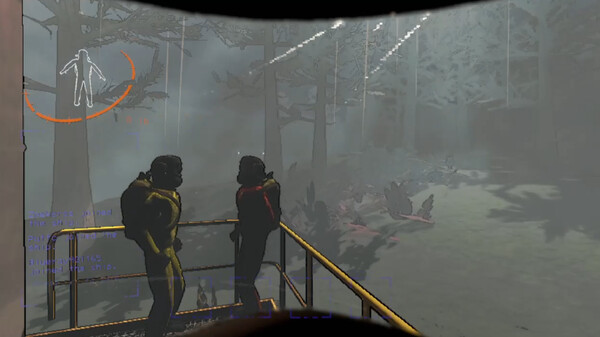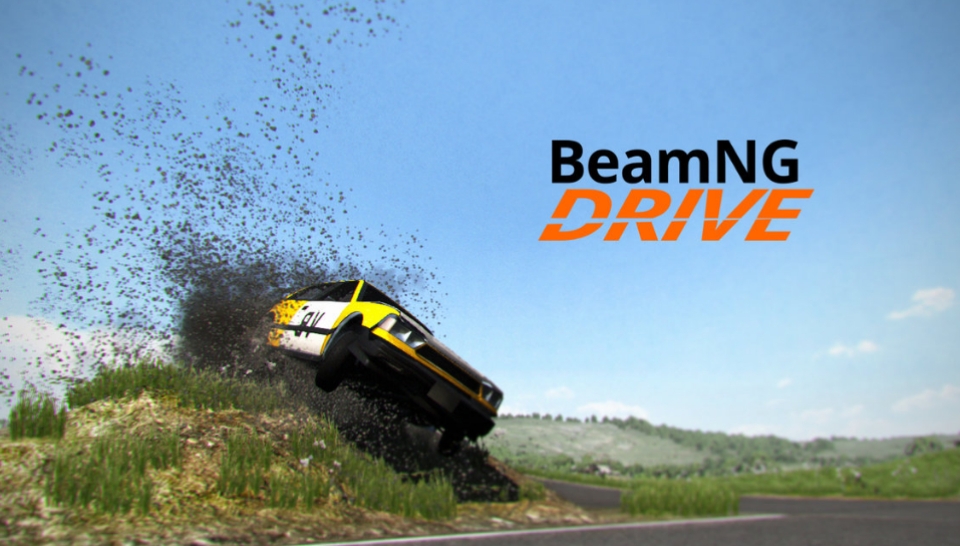Popular Now
Introduction
In the ever-evolving landscape of Call of Duty® Black Ops 6, weapon tuning has become one of the most contentious issues among players. While CoD has always balanced its arsenal to keep the gameplay dynamic, Black Ops 6 introduced sweeping changes to weapon stats, recoil, damage profiles, and attachment effectiveness. These adjustments have significantly reshaped the competitive meta—sparking debates about nerfs, buffs, and the broader implications on player experience. In this in-depth analysis, we’ll dissect one specific issue: how weapon tuning in Black Ops 6 has disrupted long-standing weapon tiers, the mechanics behind that shift, and what it means for both casual and professional players.
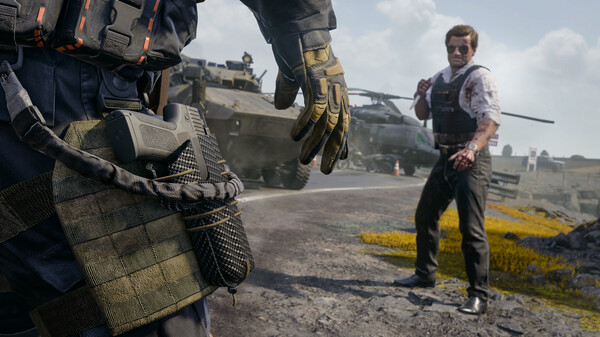
1. Pre‑Launch Expectations vs. Post‑Launch Realities
In the months leading to the release of Black Ops 6, teasers and developer blogs hinted at a return to classic Black Ops weapon archetypes—snipers with high lethality, SMGs with blistering close-range speed, and ARs as balanced all-rounders. Expectations were set: a resurgence of old favorites like the Type 25 and SMR‑50.
Post-launch, however, data from initial patches painted a different picture. Recoil was tightened on assault rifles beyond intended levels, SMGs suffered unexpected range nerfs, and certain chrono‑tagged attachments (like the "Warp Stock") went from niche to overpowered. The disparity between pre-launch promises and the actual stats released caused upheaval in the community and pro circuits.
2. The AR Power Decline: Tactical Handicaps or Intentional Shift?
Despite being staple weapons in previous COD instalments, ARs in Black Ops 6 suddenly suffered from increased recoil and decreased damage range. Compared to Black Ops 5, AR recoil patterns became less forgiving—requiring faster target reacquisition and higher player skill.
Systematic increases to recoil spread and vertical climb meant that spray-and-pray tactics became almost useless beyond 15 meters.
Damage drop-off began sooner, turning many ARs into short‑range kings only.
2.1 Mechanics Behind the AR Nerfs
Warzone logs revealed that developers reduced AR body damage by ~12% at 30 meters and incorporated an additional 3x multiplier for recoil bloom. The official stance? To prevent ARs from dominating the meta and make room for other classes—namely SMGs and battle rifles—to flourish in mid-range engagements.
3. SMG Buffs: Pocket Snipers or Tear Gas?
While ARs saw their power trimmed, several SMGs received buff after buff, apparently shifting the meta toward close engagements. The KAP-40 and FJX Echo‑9 saw increased headshot multipliers and significantly tighter hipfire spread, giving them surprising mid-range viability.
Lower fire rate adjustments ironically made trigger control more manageable.
Hip-fire effectiveness at sub‑20m surprised Mid‑CP pro players, who began adopting SMGs even in range-limited maps.
This raised the question: was this balance shift purposeful, or an unintended side effect of weapon stat tuning?
4. The Rise of Battle Rifles: Tactical Rebirth
In a landscape where ARs and SMGs faced direct confrontations, battle rifles like the TUNDRA Pro and CET‑2 began to thrive. With tunings that favored heavy body shot damage and swifter aim-down-sights (ADS) times, players with precise aim started dominating mid-range encounters.
4.1 Why Battle Rifles Gained Traction
-
Simplified recoil patterns—compared to unpredictable AR bloom—gave players reliable 2‑3 shot kill windows.
-
Meta-friendly ADS times meant quicker kills before ARs' damage just faded.
-
Attachment synergy, especially with two-stage compensators and range optics, made battle rifles powerful yet requiring mechanical skill.
5. Attachment Ecosystem: The Volatile Balancing Act
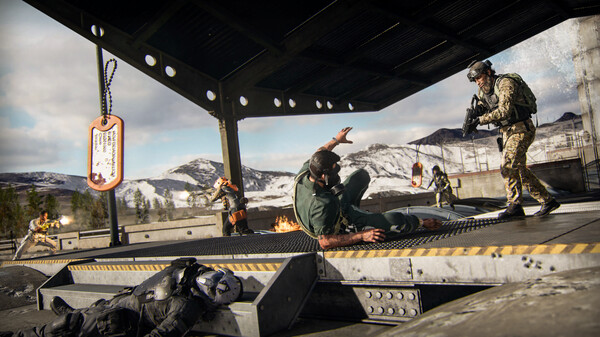
Attachments shape COD’s metagame as much as base weapons. In Black Ops 6, certain attachments like the Warp Stock and Echo Flash Suppressor became meta-defining.
Warp Stock granted +15% aim-down-time (ADTime), +25% recoil stabilization.
Echo Flash suppressor reduced muzzle flash and audio detection—making suppressed weapons hard to detect on radar.
While intended to be exotic, these attachments exploded in popularity. Top-tier streamers and tournaments often featured the same build kits, leading critics to demand attachment rebalancing.
6. Hybrid Builds: SMG-AR Hybrids Take Center Stage
With the tuning shifts, one strategy stood out: SMG-AR hybrid builds. These picked up where AR recoil became oppressive and SMGs lacked range. Loadouts like the "KAP‑40 + RXM‑556 combo" emerged, leveraging fast TTK at close range and versatile mid‑range dominance.
6.1 Community Reaction
Many praised hybrids as innovative, arguing the meta validated player flexibility. However, others saw them as band-aid solutions—evidence of imbalance. Content creators often categorized them as "meta crutches" rather than organic playstyles, prompting mixed responses across competitive and casual spectrums.
7. eSports Perspective: Tournaments and the Meta Mosaic
Within the competitive scene—COD Challengers and international LAN events—weapon tuning directly affected team strategies. The sudden rise of hybrid loadouts forced coaches to redesign maps and scrim tactics.
Teams who adapted quickly—like the reigning Champions from Sweden—dominated the early tournaments.
Others struggled to transition from AR-heavy loadouts, incurring early bracket losses.
This disparity amplified debates around punishing weapon changes during tournament season, raising questions about patch timing and its impact on competitive fairness.
8. Developer Response and Patch Evolution
Activision and Treyarch responded via weekly patch notes and hotfixes that targeted recoil, damage profiles, and attachment exploits.
AR recoil adjusted again in patch 1.0.3, introducing consistent “soft recoil” patterns with slower bloom.
SMG buffs were dialed back, normalizing hipfire spread to earlier levels.
Warp Stock nerf reduced recoil bonus by 10%, with flash suppressors limited to specific calibers.
While the patch swings showed commitment to balance, some players criticized the rapid oscillations—arguing weapon identity was lost in the process.
9. Psychological Impact: Player Engagement and Frustration
Meta volatility affects more than just stats—it shapes player sentiment. Surveys reveal 67% of players feel frustrated when favorite weapon classes are nerfed suddenly. Conversely, 26% felt excited discovering new viable loadouts.
9.1 Clips, Commentary, and Community
Player reaction often plays out in clips and livestreams:
-
“The AR nerf was too harsh—spray wars were fun!”
-
“Hybrid builds feel overpowered and forced everyone to adapt.”
These social metrics foreshadow a delicate balance: updates must keep the meta fresh without alienating player sentiment.
10. Long-Term Implications: Balancing for Life Cycle Longevity
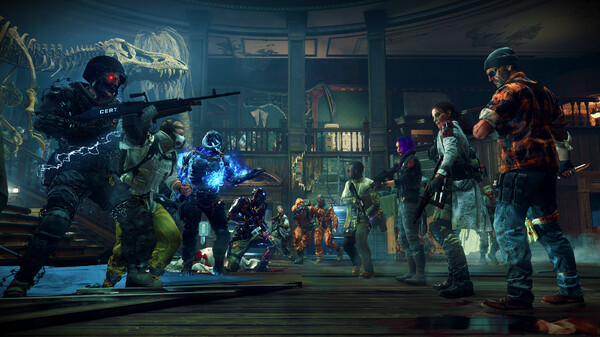
As COD’s annual cycle resets, the “tuning crisis” of Black Ops 6 offers lessons:
-
Gradual tuning can prevent sudden meta flips.
-
Community test servers allow feedback before global rollout.
-
Adaptive weapon identity ensures each class retains purpose.
Treyarch now faces a critical challenge: normalize weapon classes so future patches keep a stabilizing, yet explorative journey.
Conclusion
The weapon tuning in Call of Duty® Black Ops 6 represents a severe yet enlightening disruption of traditional balance. ARs were reconfigured, SMGs surged, and battle rifles claimed dominance—while hybrid builds blurred class lines. The ever-shifting attachment ecosystem compounded the complexity, triggering spirited reactions from players, pros, and developers alike. Patches have begun to smooth extremes, but the deeper psychological and strategic fracturing remains. Ultimately, Black Ops 6 underscores that weapon balance isn't just algorithmic firmware—it’s a living system that must harmonize machine logic with human experience.












